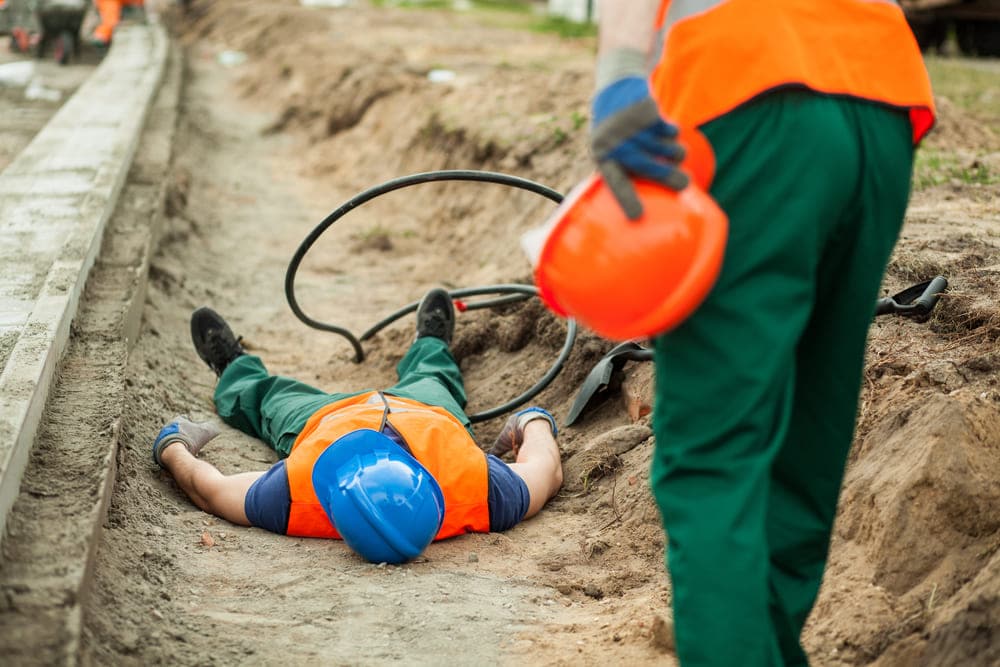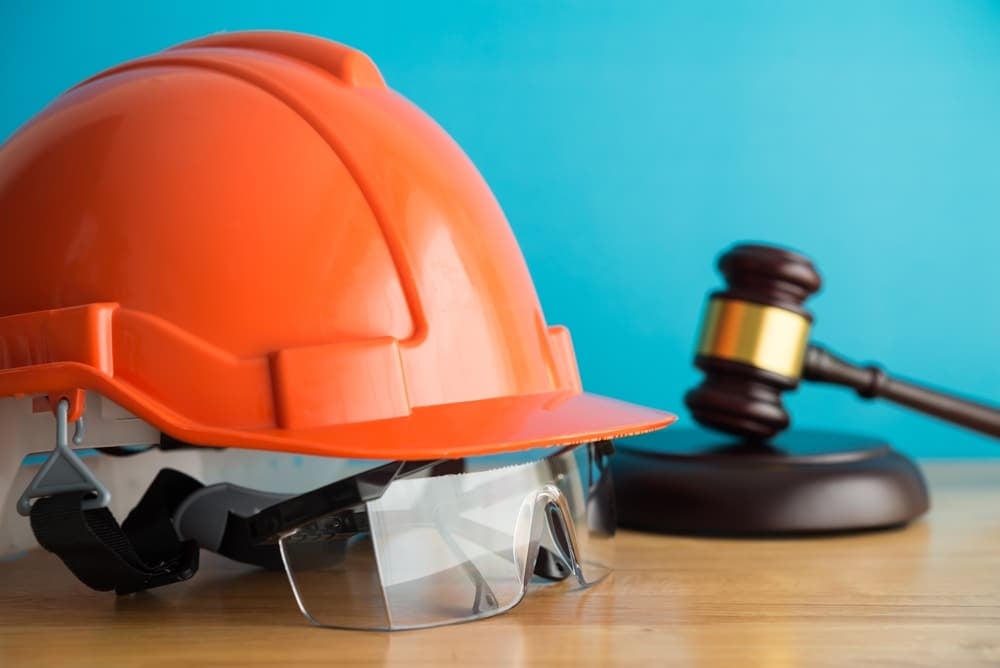Construction zones can be extremely dangerous for pedestrians. Even trained, experienced construction workers regularly become injured on these sites, with 20% of all workplace fatalities happening in construction.
What if you were hurt due to an unmarked construction hazard? Do you have the right to sue the construction company or seek compensation in another way? A construction injury lawyer in NYC can review the circumstances of your accident and answer these questions more precisely. Below, find information about accidents involving unmarked construction hazards and what rights you might have in this scenario.
What Is an Unmarked Construction Hazard?

Construction companies have a duty of care to take reasonable measures to prevent accidents involving both workers and passersby. OSHA regulations and local safety standards often require construction sites to have temporary fencing to limit access to potentially hazardous areas. They may also require safety signs that alert the public to hazards.
An unmarked construction hazard is a hazardous condition that the construction company did not adequately protect the public from through signage, fencing, or related measures. When a hazard is not marked, a pedestrian or bystander may not realize the area is dangerous, leading them to enter the area and potentially experience an injury.
While residential building construction sees the most injuries among workers and passersby, with 10,000 happening in 2023 alone, these incidents may occur on any construction site. In many cases, the construction company or another party may be liable.
Understanding Premises Liability Law and Construction Site Injuries
Understanding your rights after being hurt by a construction hazard involves understanding premises liability laws. A construction injury lawyer in NYC can explain this concept and how it relates to your injury.
Property owners generally owe visitors a duty of care to mitigate hazards and prevent reasonably foreseeable accidents. This duty extends to homeowners, business owners, and anyone who manages or oversees private property. Construction companies also have the same duty toward those who lawfully enter their construction sites.
If a property owner knew or reasonably should have known about a hazard, yet failed to mitigate it, they may be liable for injuries that occur. A construction site manager might mitigate a hazard by:
- Blocking access through fencing
- Posting signage about the hazard
- Removing the hazard altogether
Premises liability cases rely on being able to prove that a victim was lawfully on the premises when the accident occurred. This may be more challenging when an injury occurred on a construction site that a passerby generally would not have the freedom to enter. However, if the construction zone was not properly marked and was in a publicly accessible location, the passerby reasonably might not have known they were entering a construction site.
Speaking with an attorney can help you understand how this element might affect your potential case.
Who Is Liable for an Unmarked Construction Hazard Accident?

If you were injured due to an unmarked construction hazard and you were lawfully on the premises, identifying the liable party in your accident is a necessary next step. Any of the following parties might assume or share liability for a construction accident:
- The construction manager for failing to warn about the hazard or barricade the construction site
- The property owner for allowing a construction hazard to be present while visitors were on the premises
- A third party, such as a contractor or other professional working on the construction site but not employed by the construction company
- A pedestrian who removed the barrier to the construction site, allowing you to unknowingly enter
Establishing liability in these cases can sometimes be challenging. An attorney can review the circumstances of your accident and help you determine how to proceed.
Seeking Compensation After an Unmarked Construction Hazard Accident
If another party was liable for your construction accident, you may have the right to seek compensation from them through an insurance claim or lawsuit. You would generally begin by pursuing an insurance claim through the entity’s liability insurance, if applicable. If you are unable to seek sufficient compensation through insurance, a personal injury lawsuit may be an option to consider.
Worksite accidents can produce serious injuries and give rise to economic and non-economic damages. Economic damages include the financial expenses resulting from the incident, such as:
- Medical bills
- Lost wages
- Rehabilitation costs
- Loss of future earning capacity
Non-economic damages encompass the physical and emotional costs of the incident, such as:
- Pain and suffering
- Emotional distress
- Loss of quality of life
Your attorney can explain the legal compensation that may be available to you and outline your options.
Consult a New York Construction Accident Attorney
Unmarked construction hazards can lead to serious injuries for those passing by or through a construction site. If you were injured in this type of accident, Ross & Hill can discuss your legal rights.
Contact us today at 646-351-6222 to schedule a free consultation, then read our guide to understanding the common causes of construction accidents.
Frequently Asked Questions
What are common causes of injuries on construction sites?
OSHA lists the most common causes of fatal injuries on construction sites as falls, electrocutions, being struck by an object, and being caught in or between an object. Pedestrians are at risk for all four types of injuries if they unknowingly enter a construction site or if hazards are not properly marked.
What if you were injured by an unmarked construction hazard as a worker?
Construction workers are also at risk of injuries from unmarked hazards. They may be able to seek compensation through a workers’ comp claim, or in some cases, a third-party liability claim, after becoming injured from occupational hazards.
Can you sue for injuries on a construction site if you were trespassing?
You may not be able to hold the construction company liable for injuries if you were trespassing on the construction site. However, if the site was not properly marked, you may not have known you were trespassing. This may affect how you navigate a case.


